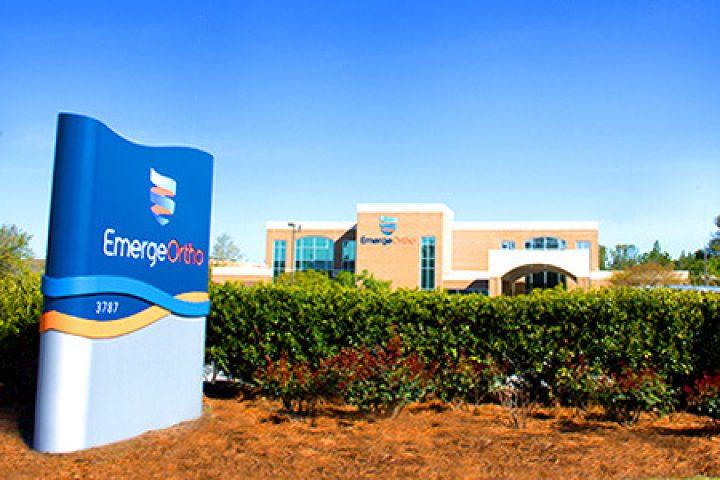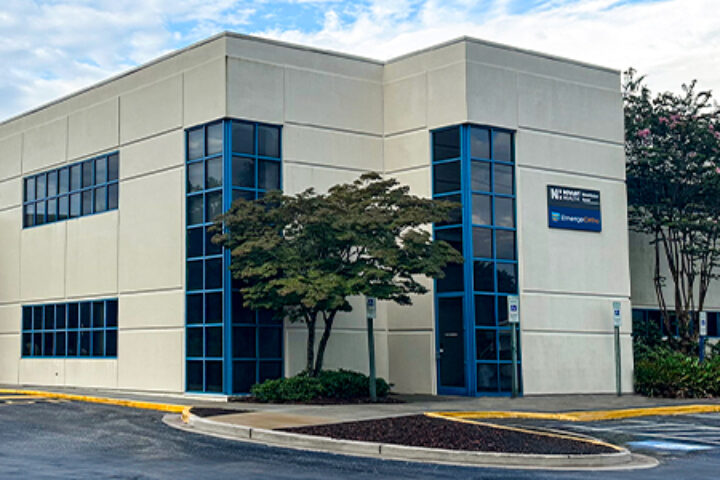Orthopedic trauma injuries can occur at any age, time, or place. While many people associate ortho trauma with sports injuries, orthopedic traumatic injuries can also be the result of a fall, car collision, or other types of accidents.
When a traumatic situation occurs, it can cause extensive damage to your bones and joints. To ensure a safe recovery, it is important to have a traumatic injury or condition evaluated in an accurate and timely manner. Delaying treatment may not only prolong the healing process but may also potentially lead to more serious health issues.
At EmergeOrtho, our physicians are the recognized leaders in all aspects of orthopedic treatment. With an uncompromising dedication to excellence, our board-certified and skilled orthopedists offer the highest level orthopedic trauma care and comprehensive subspecialty orthopedic services to patients across North Carolina.
Examples of Ortho Trauma Injuries and Conditions
At EmergeOrtho, our innovative trauma care involves addressing a number of injuries and conditions. Our highly-skilled and qualified orthopedic surgeons routinely treat fractured bones and damaged muscles, tendons, and ligaments.
In addition to the immediate treatment of traumatic injuries of the bones and soft tissues, EmergeOrtho physicians and surgeons can address bones and joints that have not healed properly from a previous injury. This includes nonunions, in which the bones do not heal during an initial reconstructive repair. And, malunions, when the bones and joints have healed improperly from being set in the wrong position.
Depending on specific qualifying EmergeOrtho practices and locations, the following ortho trauma injuries and conditions are addressed:
- Long bone fractures
- Nonunions
- Fractures and dislocations of both the upper and lower extremities (shoulder, upper arm, elbow, forearm, hip, upper leg, knee, lower leg, ankle, etc.)
- Fractures of the pelvis and acetabulum
- Complex fractures with angular deformities and/or bone defects
- Poly-trauma patients with orthopedic injuries
- Fractures in adolescents, adults and the elderly populations
- Periprosthetic fractures
- Insufficiency fractures
- Complex cases requiring correction of deformity
- Unhealed fractures including non-unions
- Malunions
- Chronic post-partum pelvic pain and/or instability







